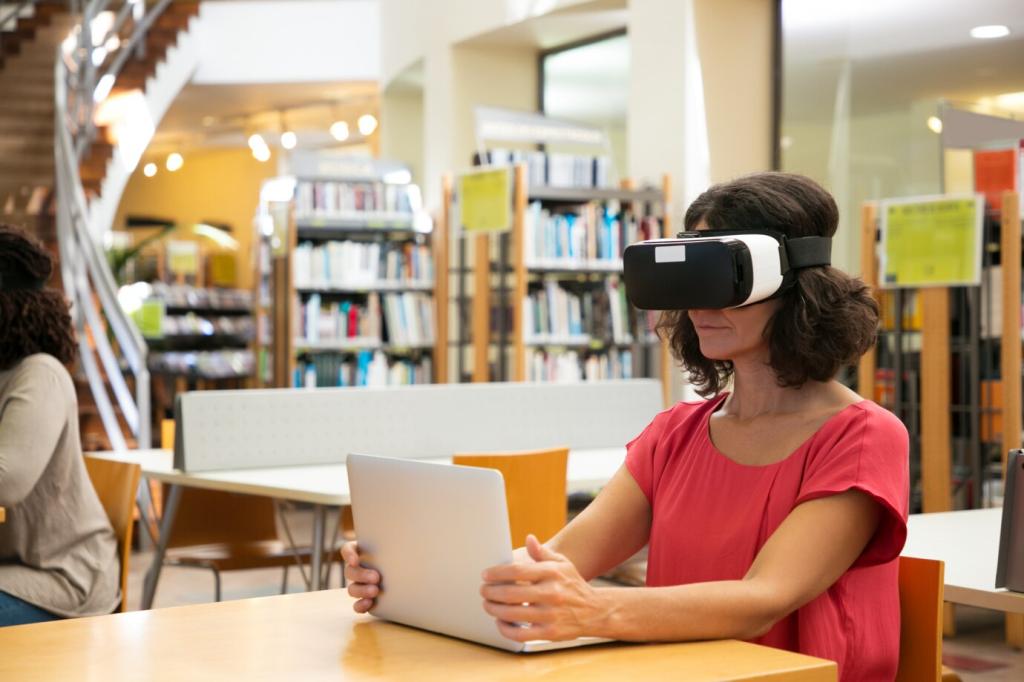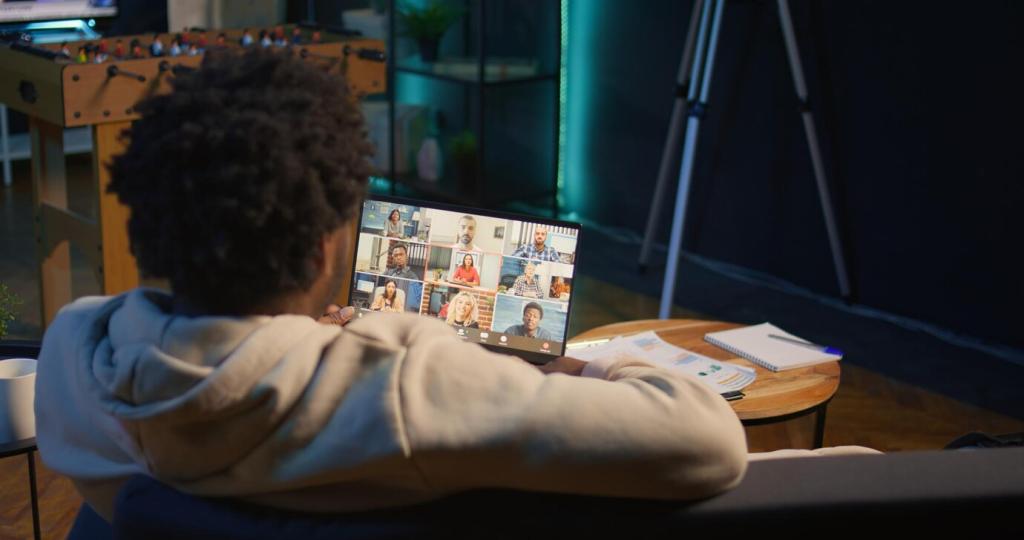
Finding the Sweet Spot: Balancing Online and Offline Learning in Blended Settings
Chosen theme: Balancing Online and Offline Learning in Blended Settings. Welcome to a friendly guide that helps educators, learners, and leaders weave digital flexibility with in-person connection so learning feels coherent, humane, and genuinely effective. Subscribe to follow practical ideas that respect time, attention, and wellbeing.
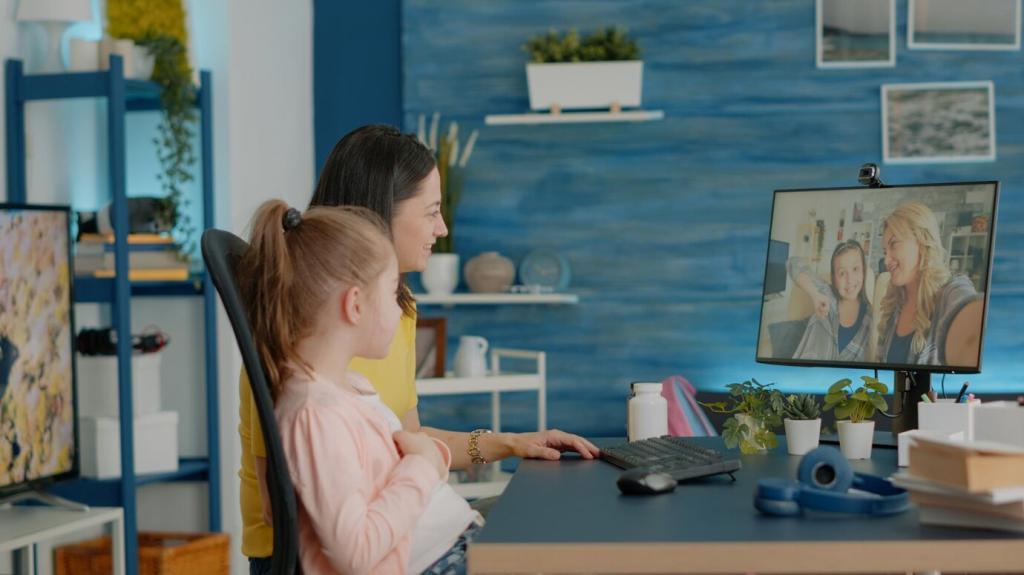

What “Balanced” Really Means in Blended Learning
Start with outcomes, then allocate activities where they work best. Discussion-rich moments flourish offline, while practice and retrieval work efficiently online. Adjust the ratio across a term, not just week by week. What’s your current mix?
What “Balanced” Really Means in Blended Learning
If learners need flexible pacing, frequent formative checks, and multimedia explanations they can replay, emphasize online components. Short videos, interactive quizzes, and discussion boards create accessible touchpoints without overloading classroom minutes.
Backward Design for Two Worlds
Define success criteria first, then map which steps belong online or offline. Pre-class micro-lessons build baseline understanding; in-person time applies and debates; post-class online practice consolidates knowledge. Share your map with learners for clarity.
A Predictable Weekly Rhythm
Consistency reduces cognitive load. For example, Mondays: online preview; Wednesdays: in-person workshop; Fridays: online reflection. Predictability supports autonomy while keeping everyone aligned. Ask students which rhythm reduces stress and boosts their participation.
Bridging Activities That Click
Use online exit tickets to seed in-person discussions, and capture classroom insights in shared docs for later review. These handoffs prevent whiplash between modes and signal that every minute connects to the next.
Tools, Spaces, and Materials that Complement Each Other
Adopt platforms that enable short content bursts, adaptive practice, and rapid feedback. Think annotation tools, low-friction quizzing, and collaborative boards. Limit logins and clicks. Ask your community which two tools truly earn their keep.
Notebooks, sticky notes, and tangible models deepen focus during in-person sessions. Quick sketching can expose thinking faster than typing. Encourage learners to bring artifacts back online by photographing and annotating them for shared reflection.
Arrange rooms for mobility and eye contact: clusters for collaboration, a quiet corner for conferencing. Visible timers and shared whiteboards maintain flow. Post a QR code linking to online resources to extend learning beyond the room.
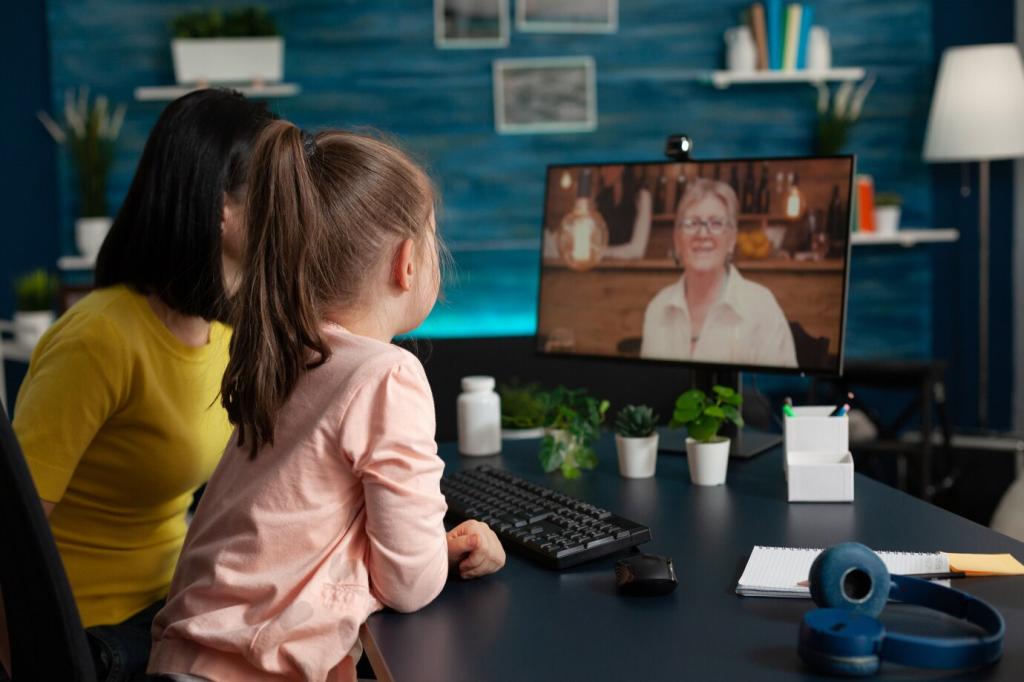

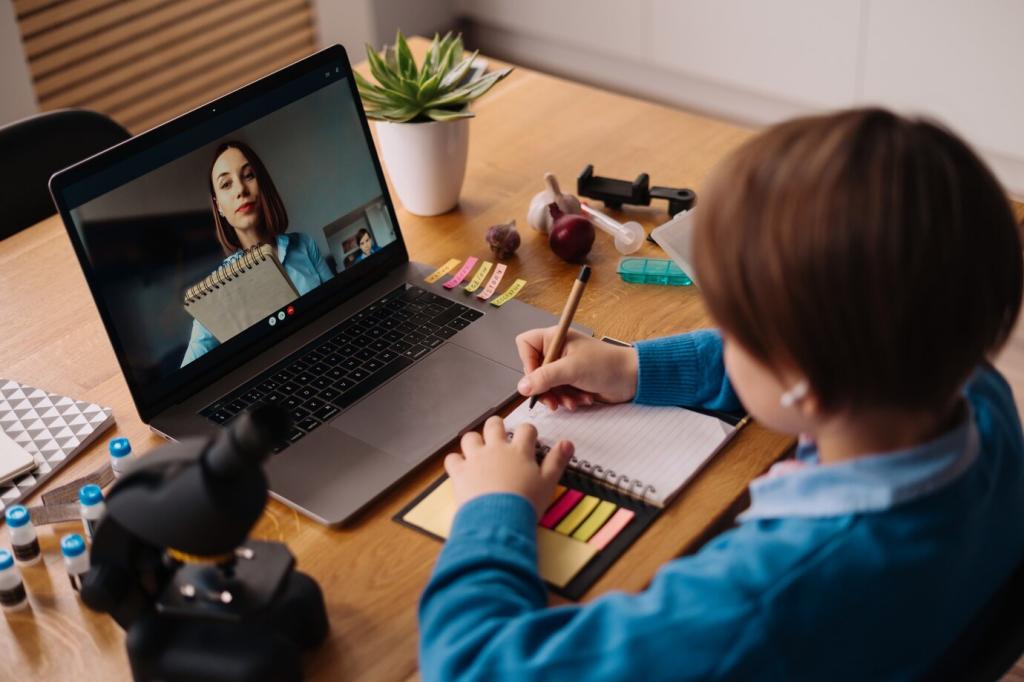
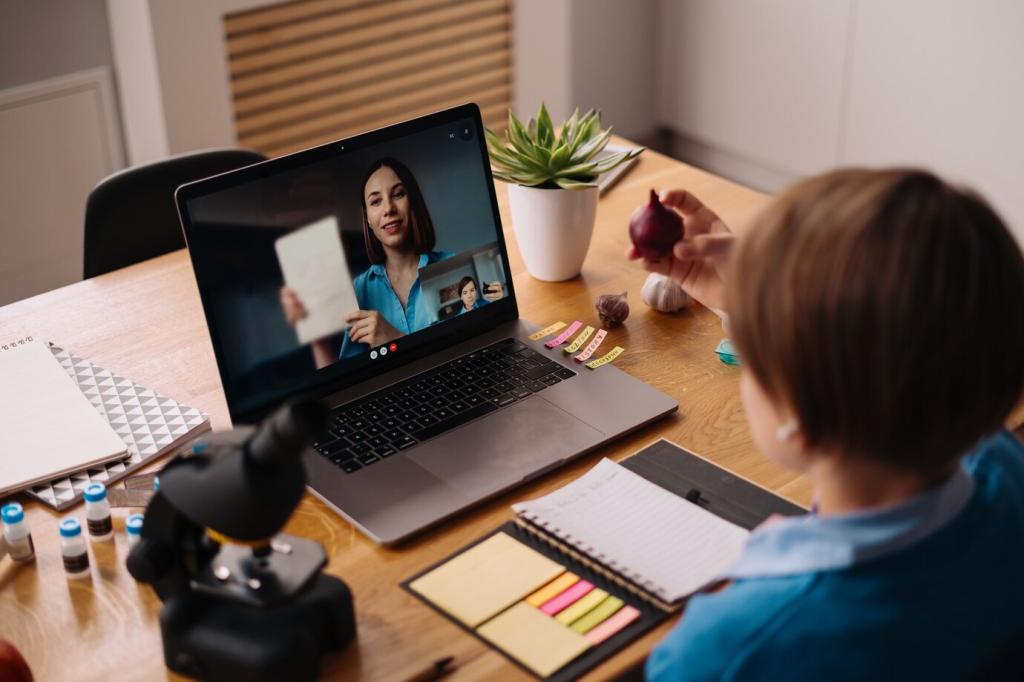
Frequent, low-stakes quizzes, flashcard sets, and reflection polls provide feedback without anxiety. Use immediate hints and retry options. Share class-wide trends to guide the next in-person session. What online check gave you the clearest signal?
Assessments That Align Across Modalities
Use in-person time for demonstrations, debates, and peer critique. Capture feedback on shared rubrics, then continue revisions online. This loop turns assessment into growth, not judgment, while preserving authenticity and trust.
Assessments That Align Across Modalities
